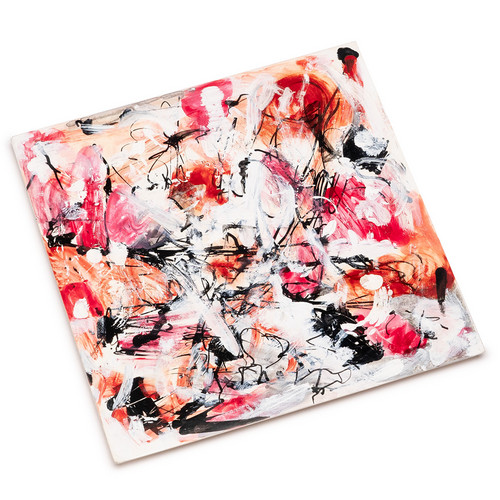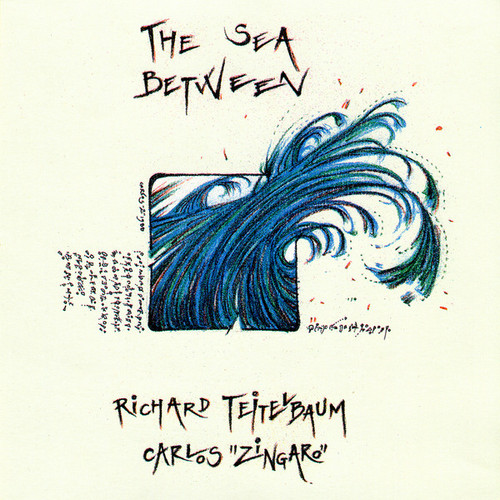Richard Teitelbaum
Sideways (LP)
Very rare LP on Roaratorio limited to 399 copies with unique hand-painted sleeves by Judith Lindbloom, presenting Lacy's wildest recordings with electronics, one from from 1968 with Richard Teitelbaum and one from 1974 with Michel Waisvisz and Han Bennink.
The Sea Between
1993 release ** "In October 1987, keyboardist/computer wiz Richard Teitelbaum and violinist Carlos Zingaro performed at the Festival International de Musique Actuelle de Victoriaville. The next year the label Disques Victo released The Sea Between, comprised of three improvisations from that show. For the CD reissue in 1993, the label added 18 minutes of material in the form of three excerpts from a performance in Lisbon during November 1992. Playing with electronics -- especially with computers…
Asparagus
Black Truffle is thrilled to announce a major archival release from legendary American composer and live electronics innovator Richard Teitelbaum, centred around his soundtrack for Suzan Pitt’s cult 1978 animation Asparagus. Best known to some listeners for introducing Europe to the Moog synthesizer as a founding member of Musica Elettronica Viva in Rome, Teitelbaum’s extensive and radically experimental body of work includes collaborative recordings with master improvisers like Anthony Braxton,…
Desert Plants
**Essential reading!** Walter Zimmermann interviews Morton Feldman, Christian Wolff, John Cage, Philip Corner, Jim Burton, Phil Glass, Steve Reich, Robert Ashley, Alvin Lucier, Joan La Barbara, Pauline Oliveros, David Rosenboom, Richard Teitelbaum, Larry Austin, James Tenney, J. B. Floyd (about Conlon Nancarrow), La Monte Young, Charlemagne Palestine, Charles Morrow, Garrett List, John Mc Guire and Ben Johnston (about Harry Partch).
Piano plus
Piano Music 1963-1998. Piano Plus is a collection of six piano pieces written by Richard Teitelbaum (b. 1939), a pioneer of interactive electronic and computer music, between 1963 and 1998. Piano Plus illustrates the use of cutting-edge technology to extend the range of the traditional acoustic piano. Three of the pieces are played by the composer himself, and the other three are performed by some of the leading interpreters of contemporary piano music. The first piece, 'Intersections' (1963) is…
Blends
Two extended works by Richard Teitelbaum for shakuhachi and synthesizer with percussion and bass accompaniment. Teitelbaum was one of the founders of the revolutionary MEV group in Rome, which explored live electroacoustic and collective improvisation in the 60's and 70's. Subsequent to that era he began work with the renowned shakuhachi master, teacher and composer, Yokoyama and began on a course of intercultural music. These works express his unique language and nuances of sound color which ha…





